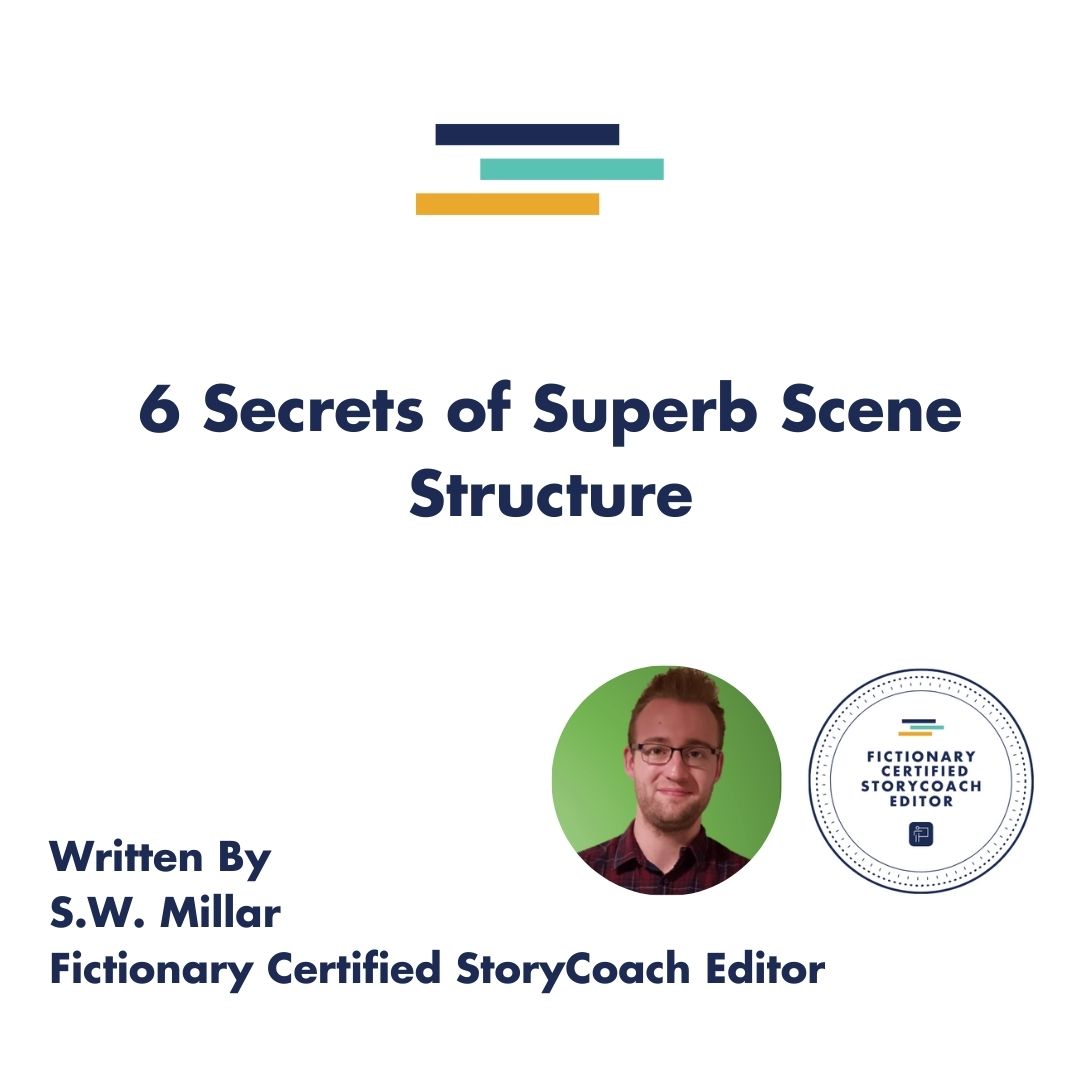What is a scene in a novel?
Want to learn how to structure a fantastic scene? Great! You’ve come to the right place… but first, what in the name of all things bookish is a scene anyway?
I’m glad you asked.
Put simply, a scene takes place in one location, at a singular time, and is narrated by one point of view character.
A scene has two parts:
- Action
- Reaction
Action:
The “Scene” part of a scene is all about the action.
In a fantasy novel, these are your magical battles between wizened wizards, duelling dragons, and master magicians. In thrillers, these are the gripping fight-to-the-death moments.
Scenes aren’t all about physical fights, though.
Take romantic comedies, for example. One type of scene you might find are the awkward situations rom-com protagonists find themselves in when they mess up in front of their love interest.
Other examples of events that constitute action packed scenes include:
- Arguments and verbal slanging matches
- Training montages
- A “chase” of any description (car chases, chases on foot, etc.)
Whatever you choose, remember—the action comes first.
Reaction:
But wait!
What happens when your magical main character inevitably wins (or loses) their supernatural showdown? Or when your thriller detective gets thwarted?
That’s easy.
They react.
The goal when leading your characters (particularly your point of view character) through a scene—and your entire novel—is to make them appear human. The best way to do that is to have them react when something happens to them.
These are the quiet moments.
Have your point of view character reflect, take a breath, and assimilate what’s just happened. This is particularly important after moments of intense conflict. If your protagonist’s family is slaughtered during the Inciting Incident, you need to show the reader how they feel about it.
If you don’t…
Your main character will appear heartless at best and unrealistic at worst—and unrealistic characters mean one thing. Readers abandoning books.
You don’t want that. I don’t want that. Nobody wants that.
The 6 Secrets of Scene Structure:
Let’s have a look at the six secrets of scene structure.
These are essential scene beats.
I’ll outline each beat, and then demonstrate how they work by deconstructing a scene from The Witch’s Revenge, Book 1 in my Myth & Magic series.
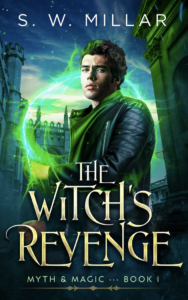
Beat #1: The Entry Hook
If you’ve been a fan of Fictionary for a while, you’ll know we StoryCoach Editors love chatting about entry hooks. Here’s how we define them:

Example from The Witch’s Revenge:
I open the first chapter like this:
“The vodka tastes poisonous. It’s the same flavour as those words in that letter—a harsh burn with a bitter acidic edge.”
Can you see how this statement poses a question in the reader’s mind? They’ll be saying to themselves, “Hmm. Whatever this letter is, it sounds important. I wander what was in it?”
The only way the reader can answer this Invisible Question is to read on.
Want to know more about Invisible Questions. I’ve written an entire chapter on this in my writing guide, How to Write Brilliant Beginnings.

Beat #2: The POV Goal
In order for a scene to have direction, your Point of View character (POV) needs to want something. They must have a single goal they’re striving towards.
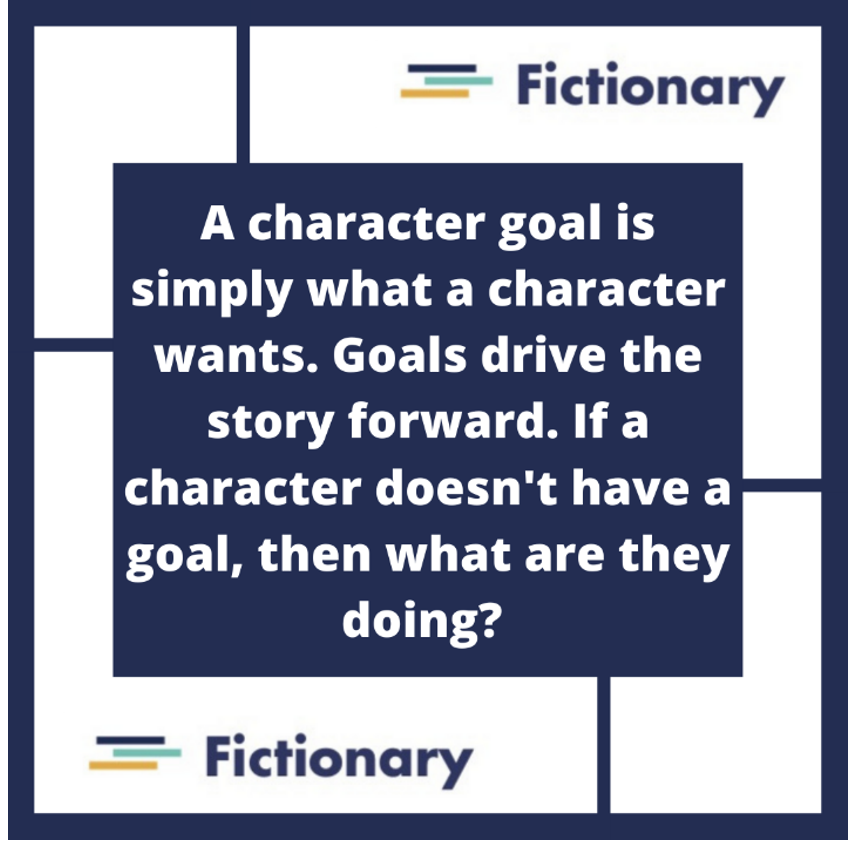
The crucial thing to remember is too many POV goals makes a scene unfocussed.
There’s a scene in The Witch’s Revenge, just before The Midpoint, where Henry—my protagonist—is facing off against a minor antagonist in a magical fight. His singular goal is to beat them.
Beat #3: The Obstacle (which creates conflict)
Whenever you give your POV character a goal for every scene in a novel, there will always be something—or someone—standing in the way of them getting what they want. Every scene needs an obstacle, because obstacles lead to conflict, which engages readers.
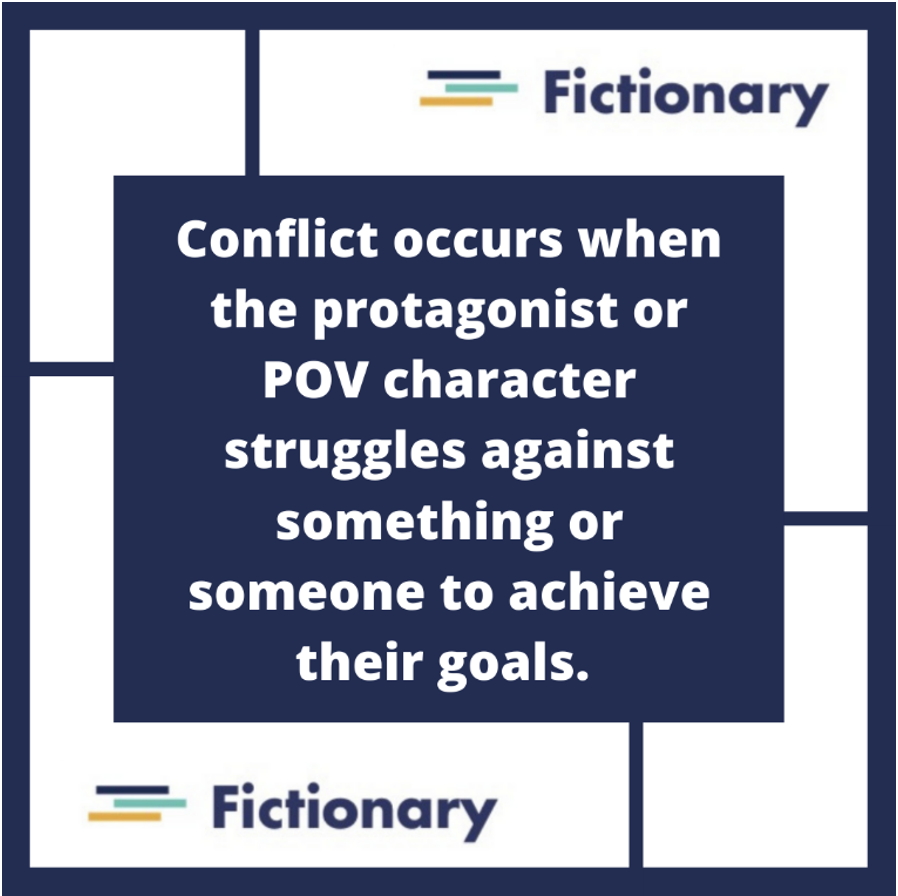
I made a conscious effort to include conflict in every scene of The Witch’s Revenge, because I really didn’t want readers to get bored. I even included some minor conflict in The Resolution for this reason.
Beat #4 The Setback
The Setback occurs as a result of the conflict above. Whatever your POV character is trying to achieve, the obstacle stops them from getting it. Ultimately, they fail… even when they appear to have succeeded. This is where you ask yourself, “What happens if the POV character fails to reach their goal?”
Huh?
That’s right.
Let’s go back to the fight scene just before The Midpoint in The Witch’s Revenge. Henry wins that fight… but he has to sink to low levels to do it. In terms of his character arc, it’s a loss.
Beat #5: The Reaction (Also known as Impact on POV Character)
I outlined the reaction up top.
You need to show your protagonist’s reaction to The Setback to make them appear human. Here, you should focus specifically on the POV character’s emotional reaction to The Setback.
In The Witch’s Revenge, the main antagonist murders Henry’s entire family. I made sure to include several points where he reacts to this in a way that makes sense for the type of character he is.
For example, when Henry finds his mother’s body, he has this reaction:
“I gag, haul myself to my feet, and stagger to the sink. Bending at the waist, I heave and heave, but the only thing that comes up—having emptied my stomach earlier is a thin string of bile that corrodes my throat…”
Henry’s reaction is in character, and humanising, which is exactly what you should be aiming for.
Beat #6: The Exit Hook
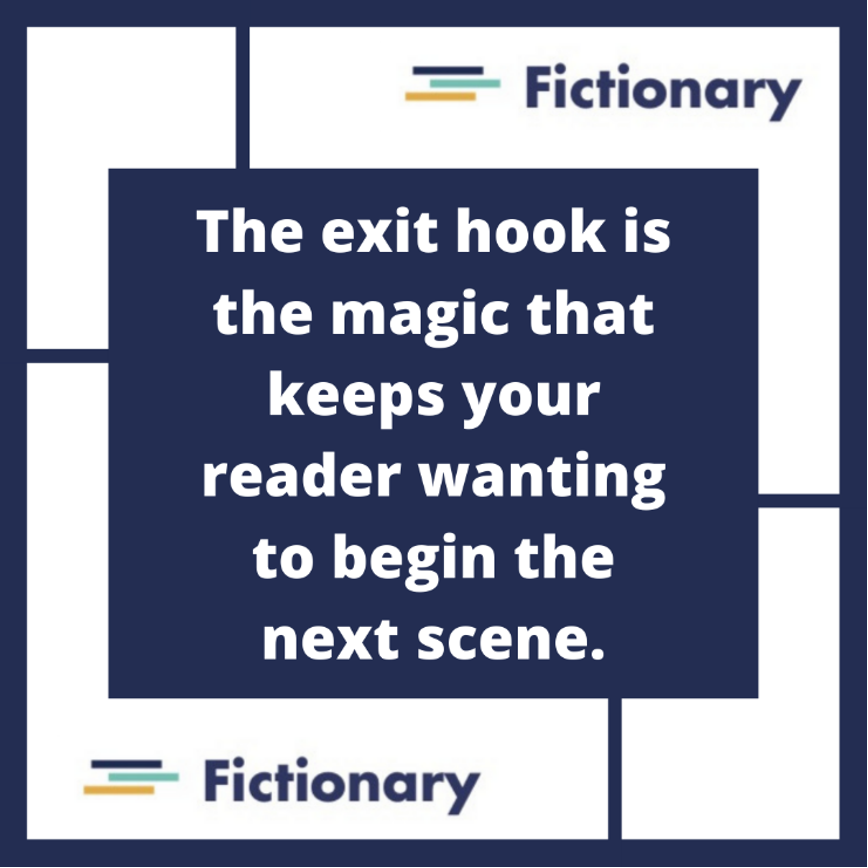
Whether you end your scenes with:
- Dramatic cliff-hangers
- Shocking revelations
- Another setback for the protagonist
- A secret revealed
- A question left hanging
- An unexpected plot twist
Or something else equally compelling, you need to ensure it’s something that’s going to make your readers want to read on. Every scene in a novel must have an exit hook near the end of the scene.
One of my favourite scenes in The Witch’s Revenge is the Inciting Incident, when Henry finds out he’s a witch. It’s a classic revelation. Here’s how I end that scene. Henry’s father is trying to tell him something and—eventually—in the scene’s final line, the dad says:
“I know. I know. Okay, I’m just going to say it. Thing is—your mum and I—we’re witches, and you’re one too.”
The reader (I hope… gulps) is going to turn the page because they want to know how Henry reacts to this revelation (put it this way… he doesn’t take it well).
Pro Tip: When should you add a scene break?
A scene break is when you end one scene in a novel and start another.
Please don’t confuse scenes with chapters. Remember, a scene is a singular event that occurs in a short space of time. A chapter is a series of interconnected scenes, which usually take place over a longer period of time.
So… scene breaks.
You should break a scene when there is a change of:
- Time: have hours, days, or weeks passed?
- Location: have the characters travelled from a sunny beach to a snowy mountain top?
- POV character: have you switched out one narrator for another?
These three elements can be used to anchor every scene.
Final Thoughts
Can you see how—much like your entire novel—you need to structure every scene in novel to make them and the story work?
Now to answer the question, “Does the genre matter when it comes to structuring a scene?” The answer is…No. Every scene in a novel, no matter what the genre, can all be structured in the same way.
If you follow these simple steps and give your scenes: an Entry Hook, a POV Goal, an Obstacle (Conflict), a Setback (POV Character Fails to Reach their Goal), a Reaction Impact on POV Character), and an Exit Hook, you’ll create scenes sure to satisfy your readers and keep them flipping pages.
About Shane Millar
 Shane Millar is a Fictionary Certified Story Coach and the author of the Write Better Fiction craft guides. He is also the author of the Myth & Magic urban fantasy thriller series.
Shane Millar is a Fictionary Certified Story Coach and the author of the Write Better Fiction craft guides. He is also the author of the Myth & Magic urban fantasy thriller series.
Shane holds a BA in journalism and is a member of The Alliance of Independent Authors (ALLi). He lives in Buckinghamshire, England.
He has taken too many writing courses to count and enjoys reading as much as possible. Shane is obsessed with five things: the writing craft, mythology, personal development, food, and martial arts movies.
Visit Shane’s website to find out more: https://swmillar.com


